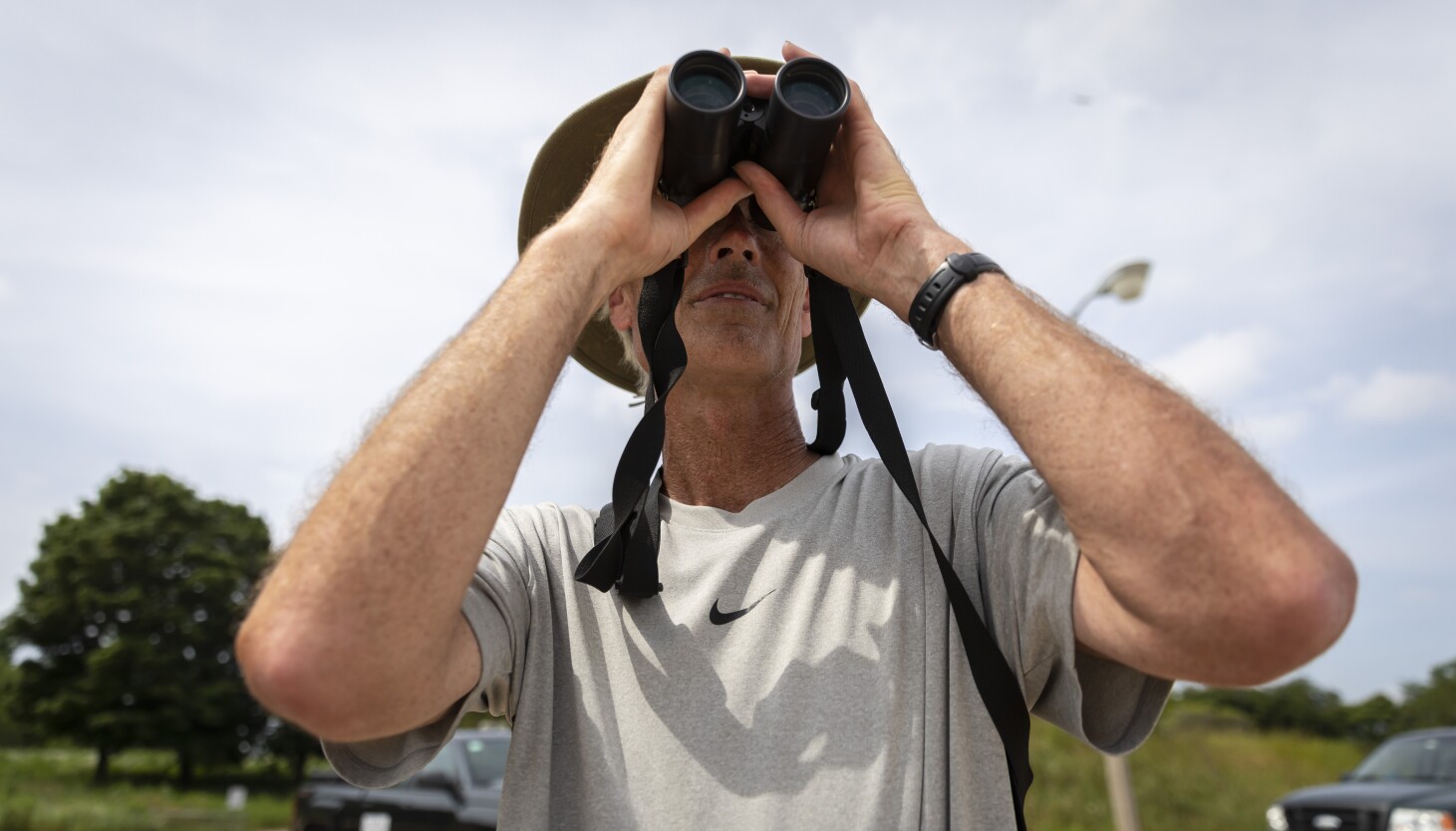Chicagoans may notice robins coming in earlier this year.
Weather fluctuations shape the migration of certain bird species in the Chicago area, experts say. As the spring warms up earlier, some species are arriving earlier, while others may struggle to keep up with changing weather conditions.
Temperatures in March were six degrees above normal, according to the National Weather Service.
“On average, a lot of these species are arriving four or five days earlier than they were 40 years ago,” said Stephanie Beilke, the senior manager of conservation science at Audubon Great Lakes. “It’s a little tricky to necessarily notice.”
According to Jim Jabcon, Chicago Botanic Garden’s managing ecologist, an early spring will most likely affect birds that migrate shorter distances, such as from the southern United States. These birds, like robins and red-winged blackbirds, are attuned to the weather patterns.
On the other hand, birds that travel long distances, such as purple martins and most warblers, will come at the usual time, Jabcon said. They base their migration on day length, rather than temperature.
“The long-distance migrants that may have to come all the way from South America, they can’t really sense those changes in weather patterns as much, so they’re more likely to follow that same migration timing,” Beilke said.
But an early spring would still affect the available food sources for these long-range migrants.
Peak migration typically occurs in May, and birds tend to time their migration with the availability of food, Beilke said. When the weather warms up, food tends to be more abundant, and insects emerge.
But with an early spring, there could be a “mismatch in the availability of food and when birds arrive,” Beilke said.
“We tend to be concerned that the birds may be coming in a little bit later than when those peak food resources will be available,” Beilke said.
Edward Warden, president of the Chicago Ornithological Society, said to keep an eye out for cold snaps, when temperatures suddenly dip. In that case, the cold could kill off food sources.
“Most of these birds are fairly resilient and can handle the cold physically,” Warden said. “If a cold kills or grounds all those bugs, the birds won’t have anything to eat.”
Warmer springs also bring more severe storms that can knock down birds flying over Lake Michigan. If this happens frequently, it could reduce certain bird populations drastically, Jabcon said.
“We already know that Chicago is not really a safe migration area with all the buildings inland,” Jabcon said. “A lot of casualties happen when birds fly into the buildings.”
It’s not just Chicago, experts say. Weather fluctuations are affecting bird migration across the globe. Beilke describes it as a “global phenomenon.”
“It definitely doesn’t just affect birds in Chicago,” Beilke said. “A lot of birds that we’re seeing right now during migration are passing through on their way to somewhere else.”
As for Chicago birdwatchers, Warden said to be prepared for earlier sightings — “a lot more, a lot earlier.”
“For better or for worse, it means grab your binoculars,” Warden said.

